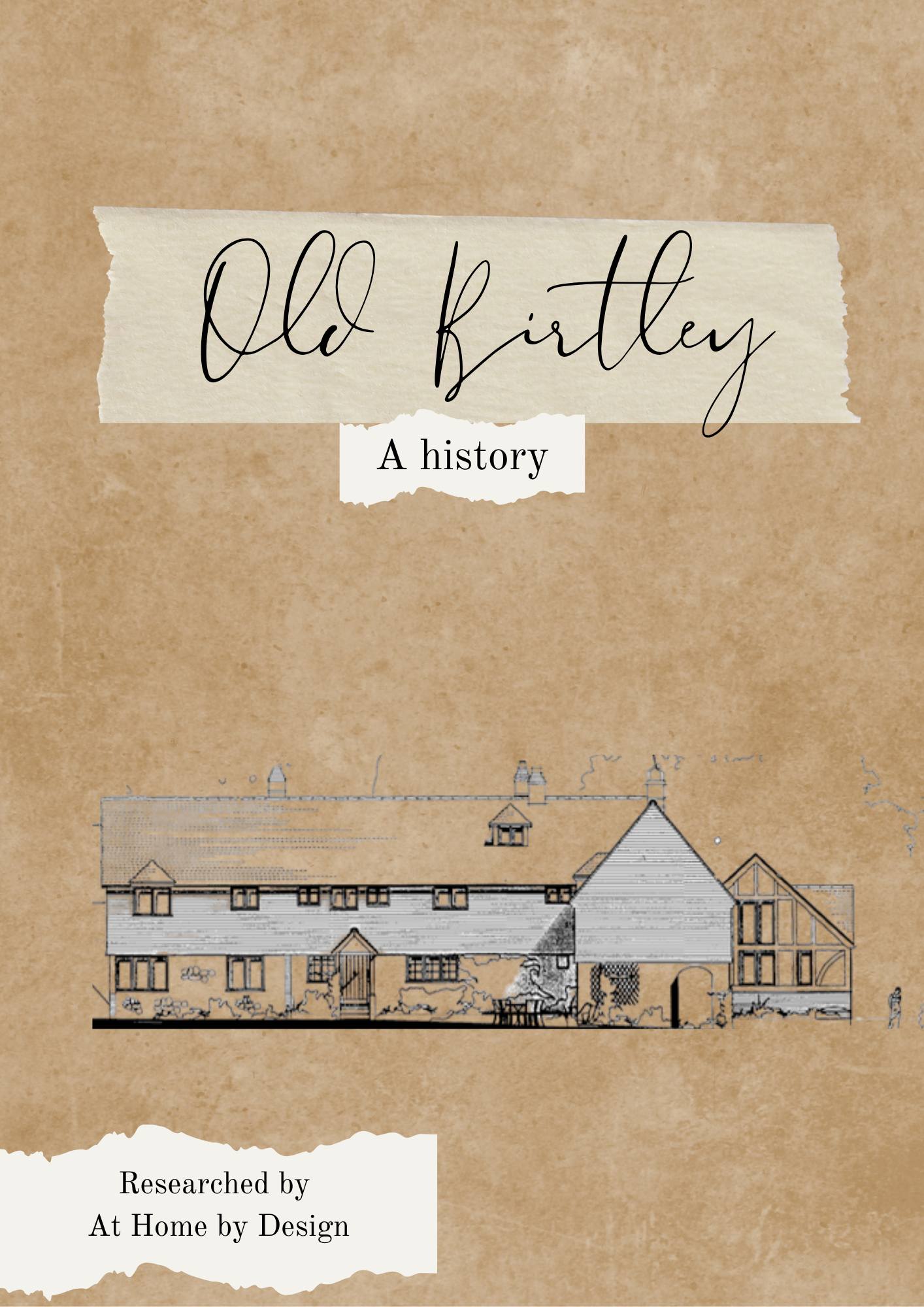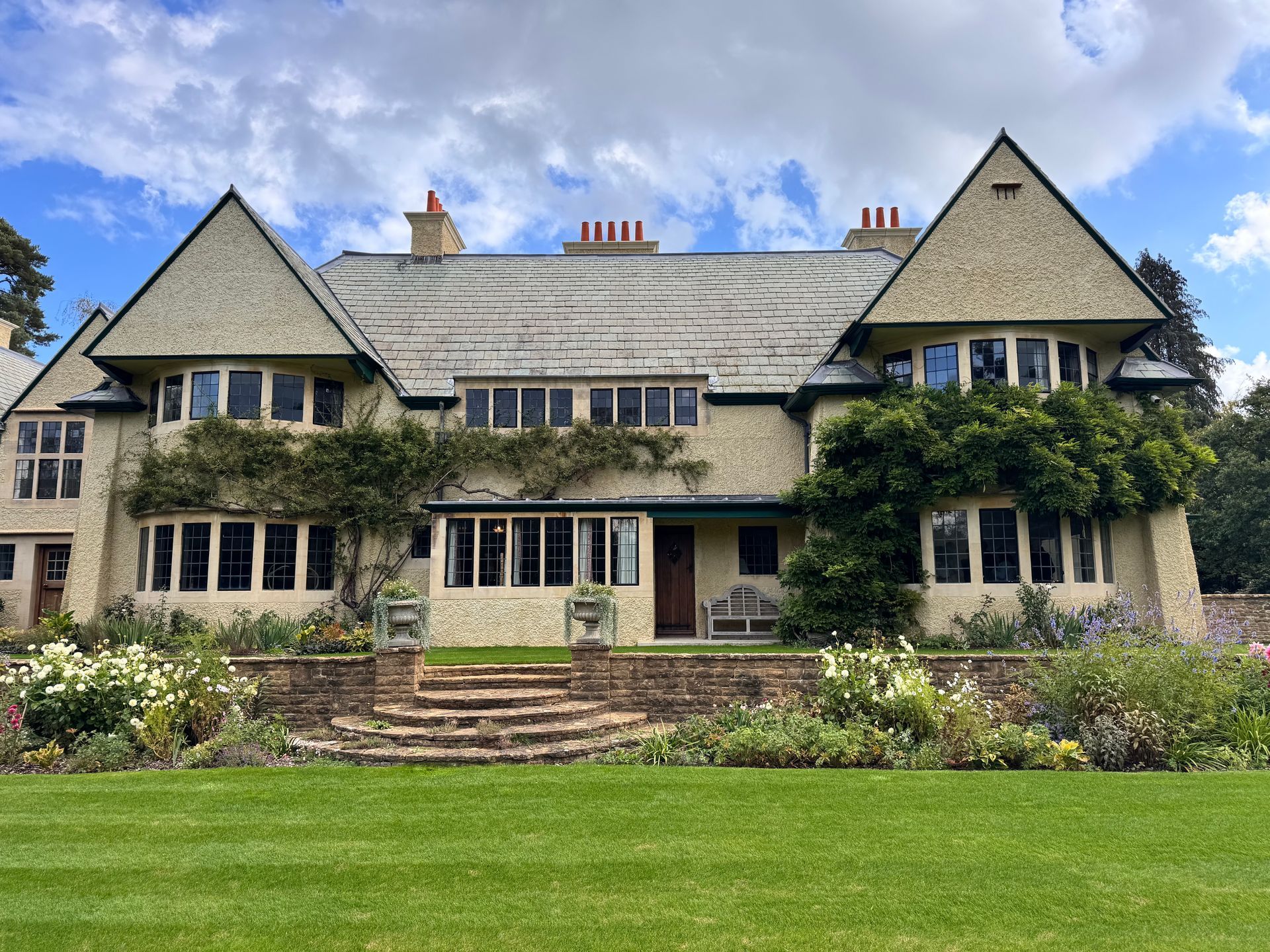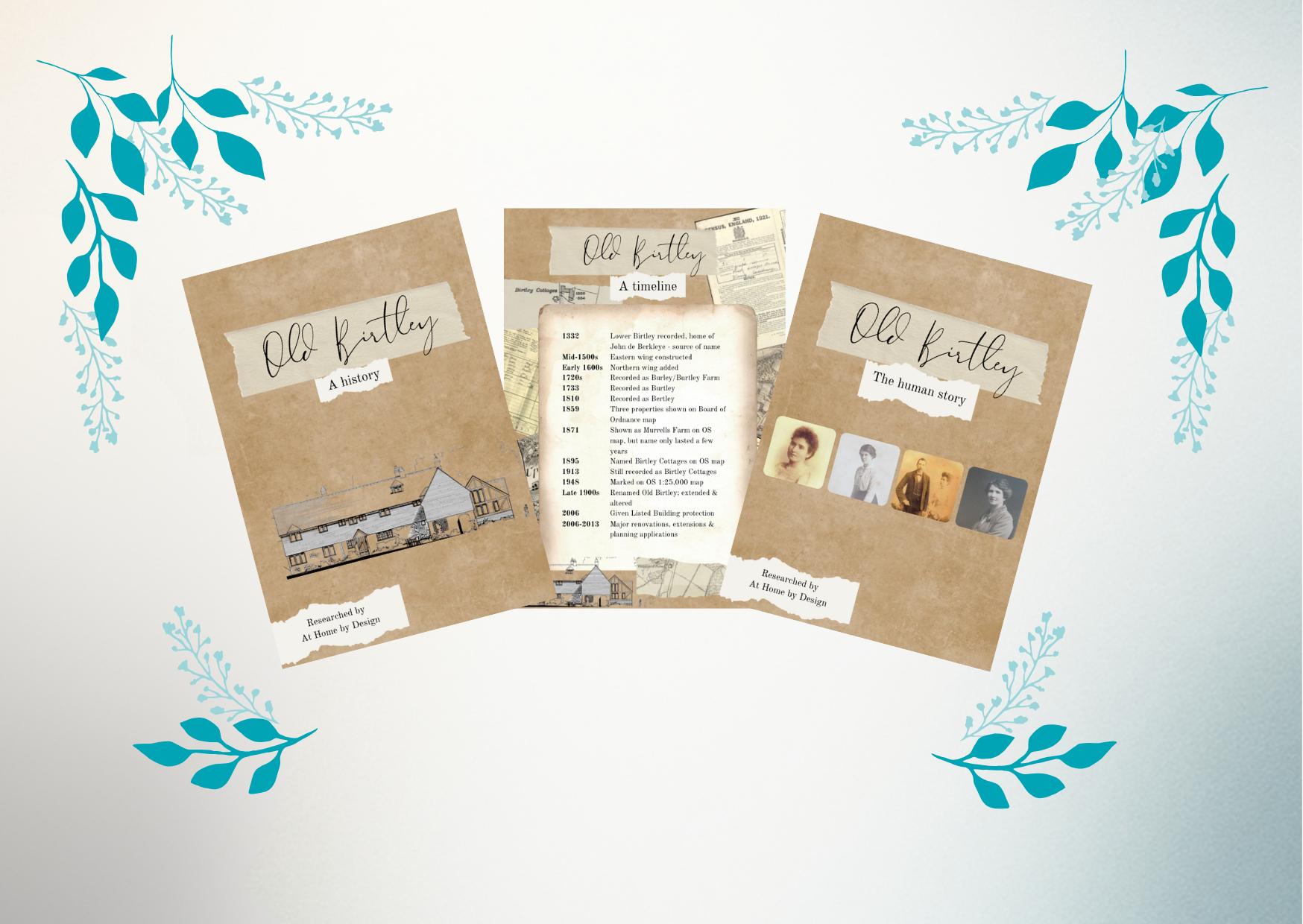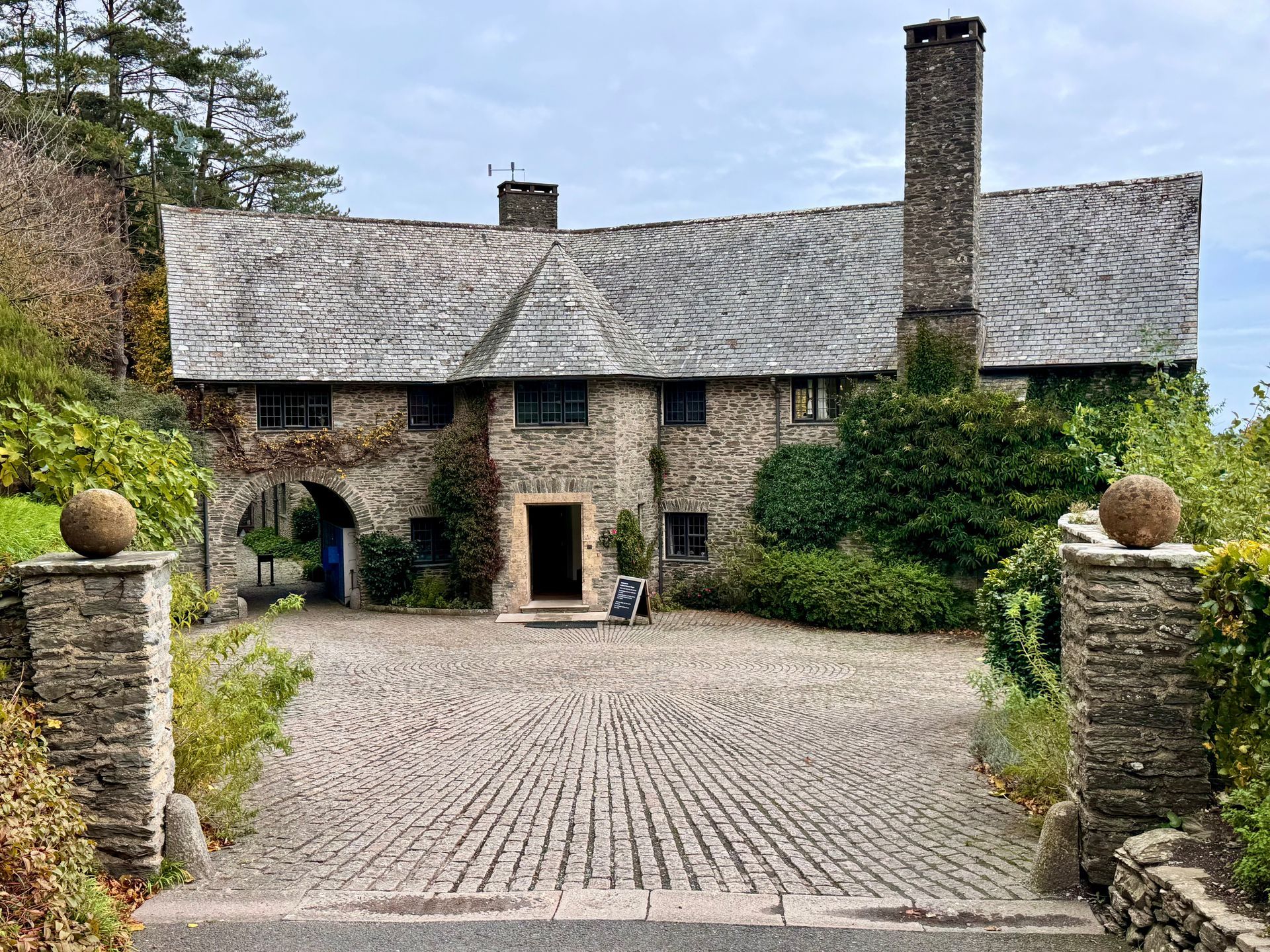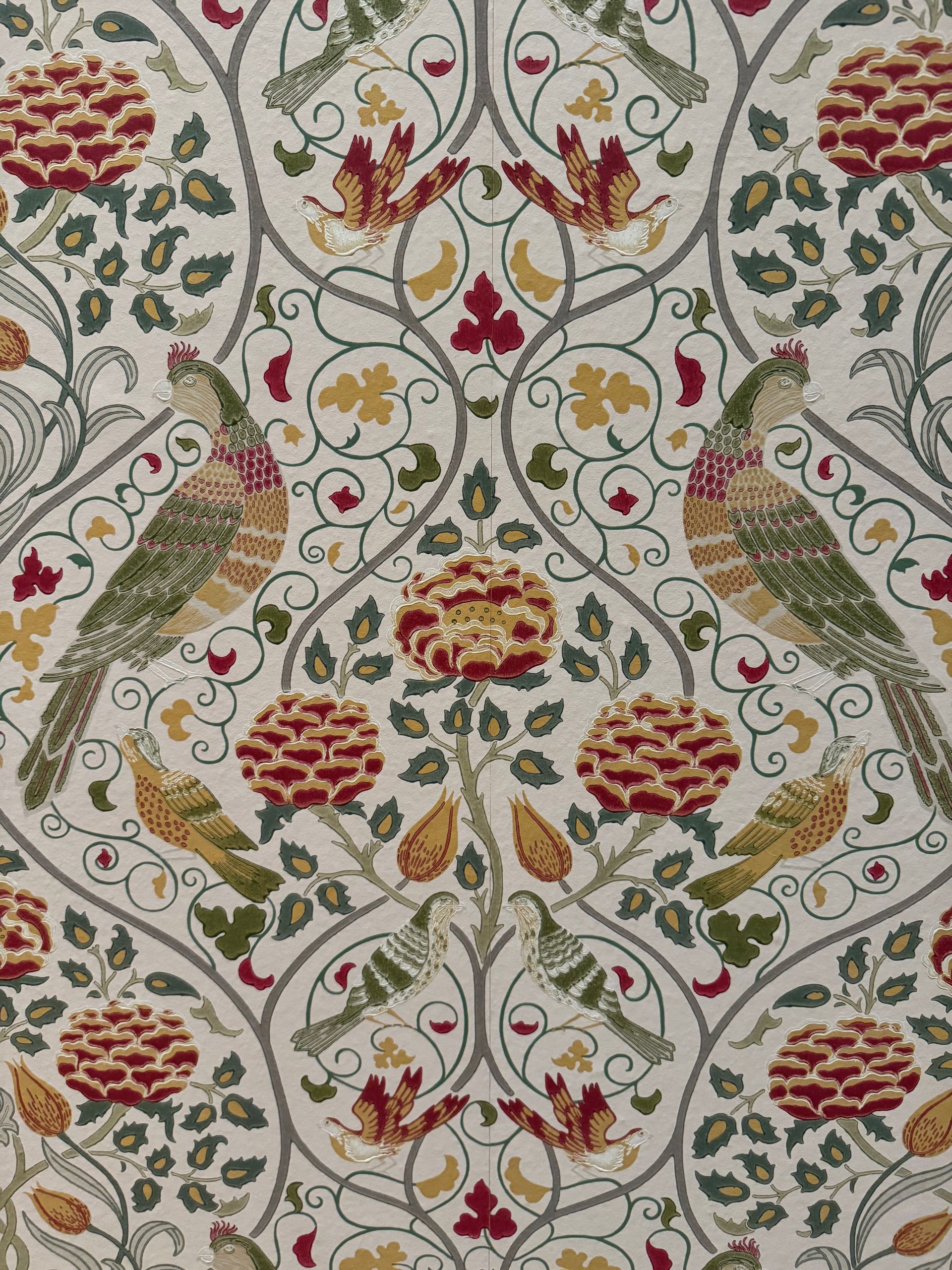How engineering revolutionised our health
Bathrooms Through the Ages:
A Journey of Design and Innovation

On 27th January we mark Thomas Crapper Day. So, it feels fitting to reflect on the evolution of bathrooms. This English businessman and plumber revolutionised bathroom design, making it functional, elegant and hygienic. While Crapper didn’t invent the toilet (a common misconception), his advancements and marketing prowess brought this essential fixture into the modern home.
Let’s take a closer look at how bathrooms have evolved, from ancient beginnings to today’s luxurious sanctuaries, blending history, design and practicality.
Ancient Beginnings: The Birth of Sanitation
Sanitation is as old as civilisation itself. By the fourth century BC, Mesopotamians had developed basic sewers and toilets, recognising the need for hygienic waste disposal. The Indus Valley Civilisation took it a step further, creating the first urban sanitation systems, complete with toilets built into the walls of homes. Meanwhile, the Romans introduced communal latrines, which, while functional, lacked privacy.
The Greeks favoured chamber pots, a portable solution that endured for centuries. While these early toilets incorporated rudimentary flushing mechanisms, many relied on natural water flows to remove waste. Despite these advancements, much of the ancient world still faced significant sanitation challenges.
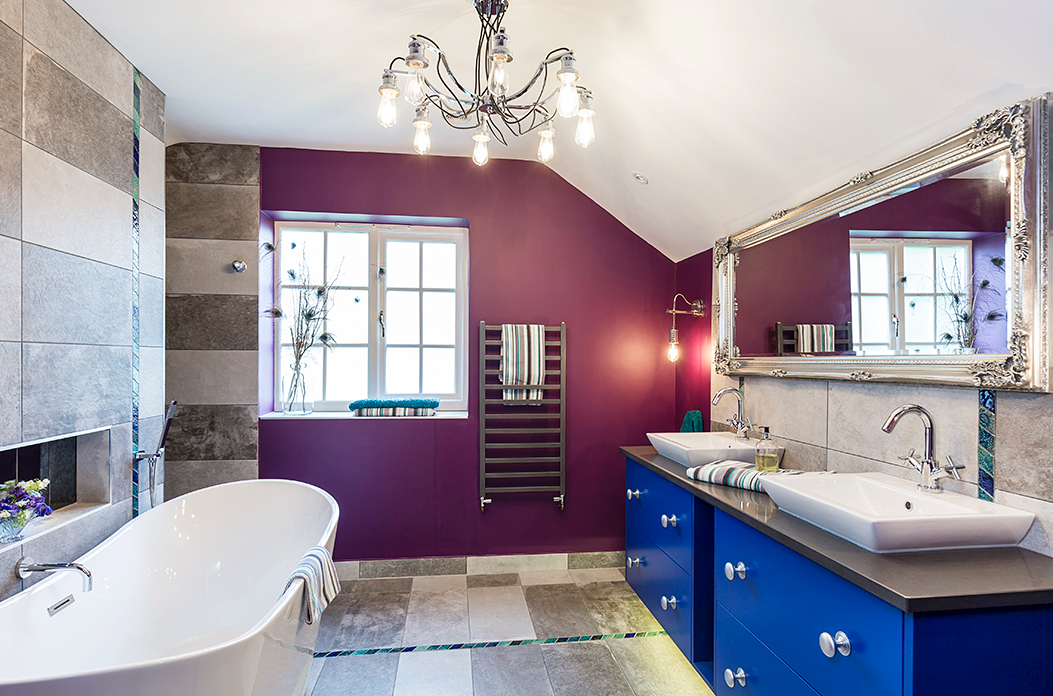
The Middle Ages: Necessity Without Elegance
During medieval times, sanitation took a step backward. Cesspits and open defecation were common, even in affluent households. Castles featured ‘garderobes’ — small, private chambers with a simple hole leading to the outside. While practical, they were far from hygienic or odour-free.
Urban areas faced particular challenges, as waste often accumulated in streets and rivers. It wasn’t until the late Middle Ages that public health advocates began pushing for more structured sanitation systems, paving the way for future innovations.
The 19th Century: The Water Closet Revolution
The Industrial Revolution brought transformative changes to sanitation. Health experts stressed the importance of cleanliness, leading to the development of underground sewer networks. The ‘water closet’ emerged as a solution, combining a flushing mechanism with a closed drainage system to safely remove waste.
This is where Thomas Crapper’s influence truly shines. In the 1880s, his London showroom showcased beautifully designed flush toilets and other sanitary appliances, making them desirable household items rather than mere necessities. Crapper’s improvements, such as the floating ballcock, enhanced functionality and water efficiency. His work helped popularise the modern bathroom, transforming it into a space of both utility and sophistication.
The 20th Century: From Utility to Luxury
The 20th century saw bathrooms evolve from purely functional spaces to expressions of personal style. Innovations in plumbing allowed for greater design flexibility, and the rise of indoor plumbing made private bathrooms standard in most homes.
By mid-century, bathrooms became symbols of modernity and comfort. Tiled walls, chrome fixtures and colourful porcelain were all the rage. Who didn't grow up with an avocado bathroom suite?! Homeowners embraced the idea of the bathroom as a retreat, adding features like bathtubs, vanity mirrors and mood lighting.
Today: Bathrooms as Sanctuaries
In today’s homes, bathrooms are sanctuaries of relaxation and rejuvenation. Affluent homeowners often invest in bespoke designs, incorporating high-end materials such as marble, brass and natural wood. Freestanding bathtubs, walk-in showers and underfloor heating are just some of the luxurious features transforming bathrooms into spa-like retreats.
Sustainability is also a growing priority, with water-saving fixtures and eco-friendly materials taking centre stage. Smart technology, such as touchless taps and heated toilet seats, adds a layer of convenience and innovation, ensuring modern bathrooms are as functional as they are beautiful.
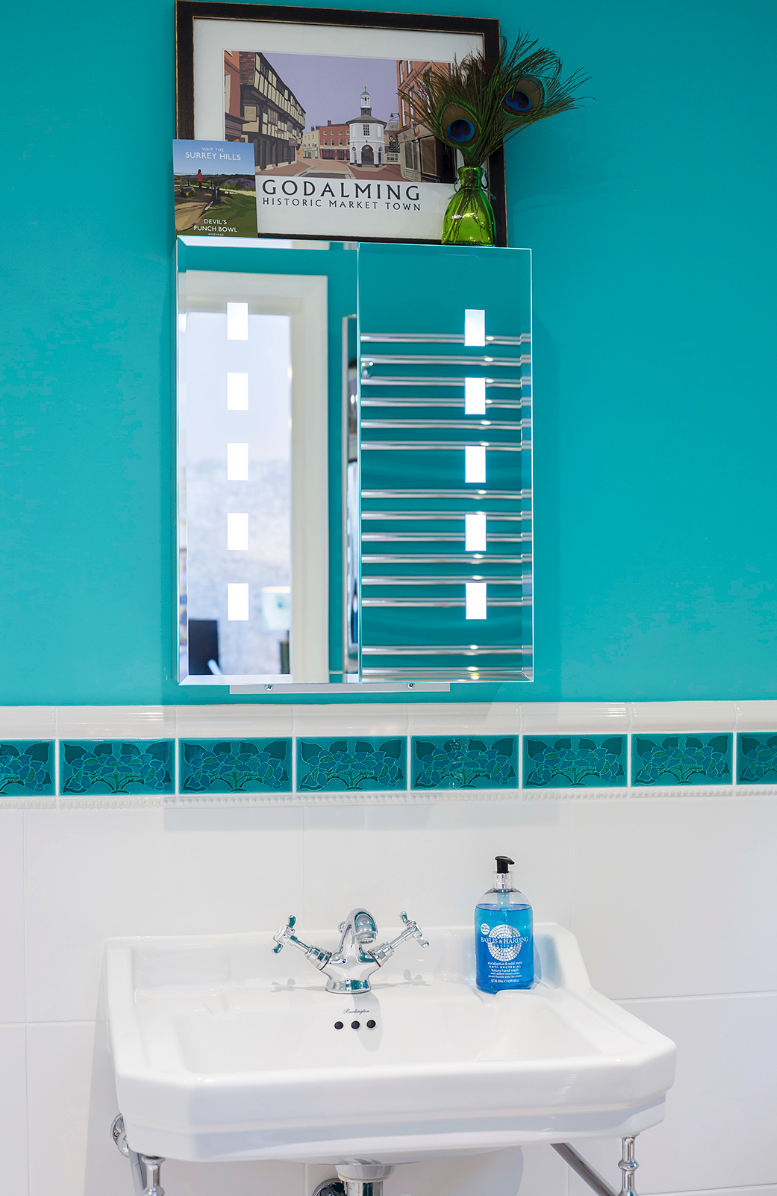
Tips for Achieving a Luxury Designer Bathroom
- Choose High-Quality Materials: Opt for materials like marble, quartz or high-end ceramics for a timeless and elegant look. Natural materials add texture and warmth, creating a luxurious atmosphere.
- Incorporate Bespoke Features: Custom-made vanities, cabinetry or fittings tailored to your space can elevate the design, and add storage.
- Focus on Lighting: Layered lighting, including statement pendants, wall sconces and dimmable LED strips, creates a sophisticated and relaxing ambience.
- Add Smart Technology: Features such as touchless taps, digital shower controls and underfloor heating enhance both comfort and convenience.
- Include Spa-Inspired Elements: Freestanding bathtubs, rain showers and steam options bring a spa-like feel to your bathroom, perfect for unwinding.
- Embrace Sustainability: Opt for water-efficient fixtures, recycled materials and eco-friendly designs to align with modern values while reducing environmental impact.
- Work with a Professional Designer: Collaborating with an experienced interior designer ensures your bathroom is both functional and luxurious, tailored to your preferences and lifestyle.
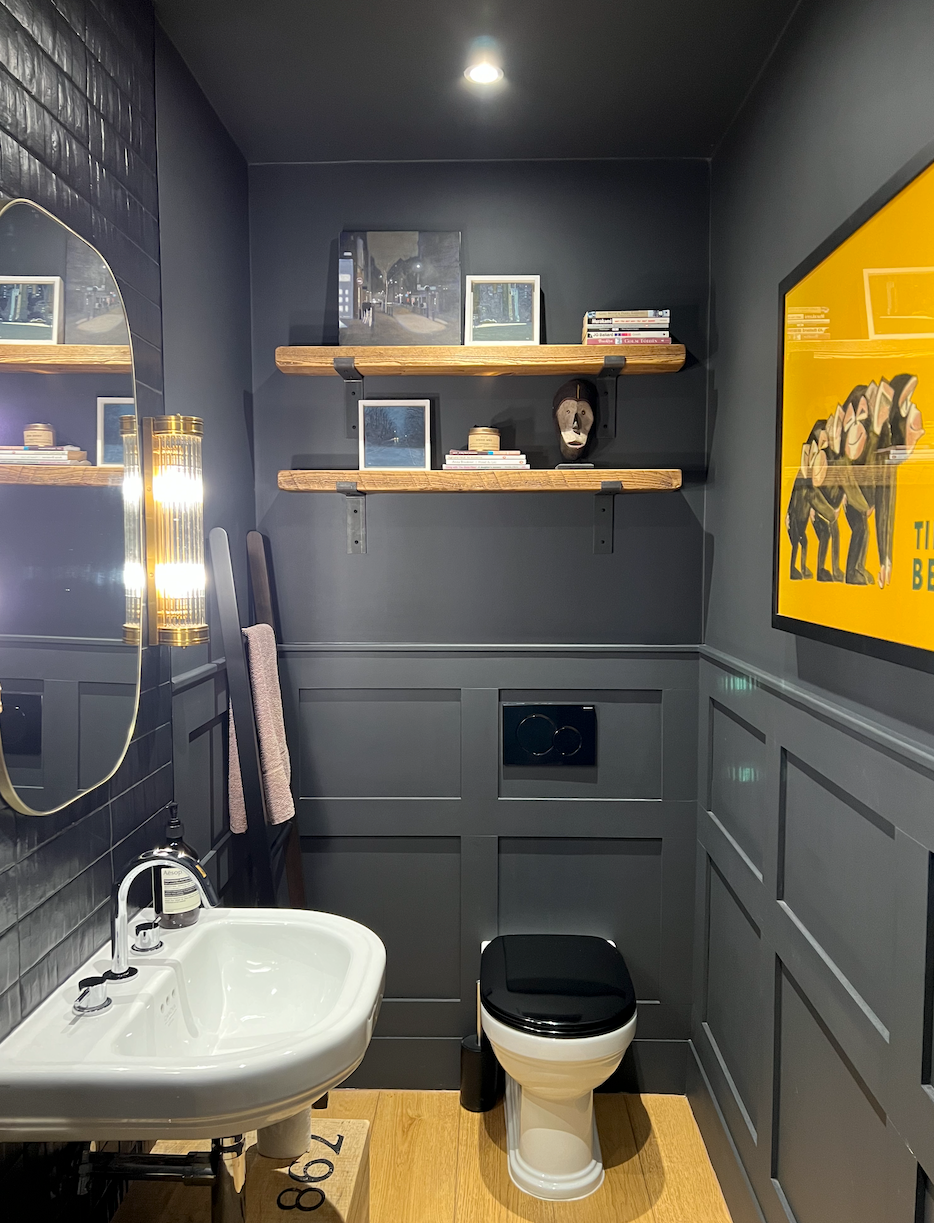
Honouring the Legacy of Bathroom Design
As we mark Thomas Crapper Day, it’s worth appreciating the journey of the humble bathroom. From ancient sewers to today’s bespoke retreats, the evolution of bathroom design reflects our changing needs and aspirations. For homeowners seeking to create a space that combines history, elegance, and modernity, the possibilities are endless.
At Home by Design specialises in crafting timeless interiors that honour the past while embracing the present. Whether you’re renovating a heritage property or designing a contemporary bathroom with period charm, we’re here to help you create a space that’s as functional as it is beautiful.
Interested in reimagining your bathroom? Get in touch with us today and let’s create a sanctuary that’s uniquely yours.


